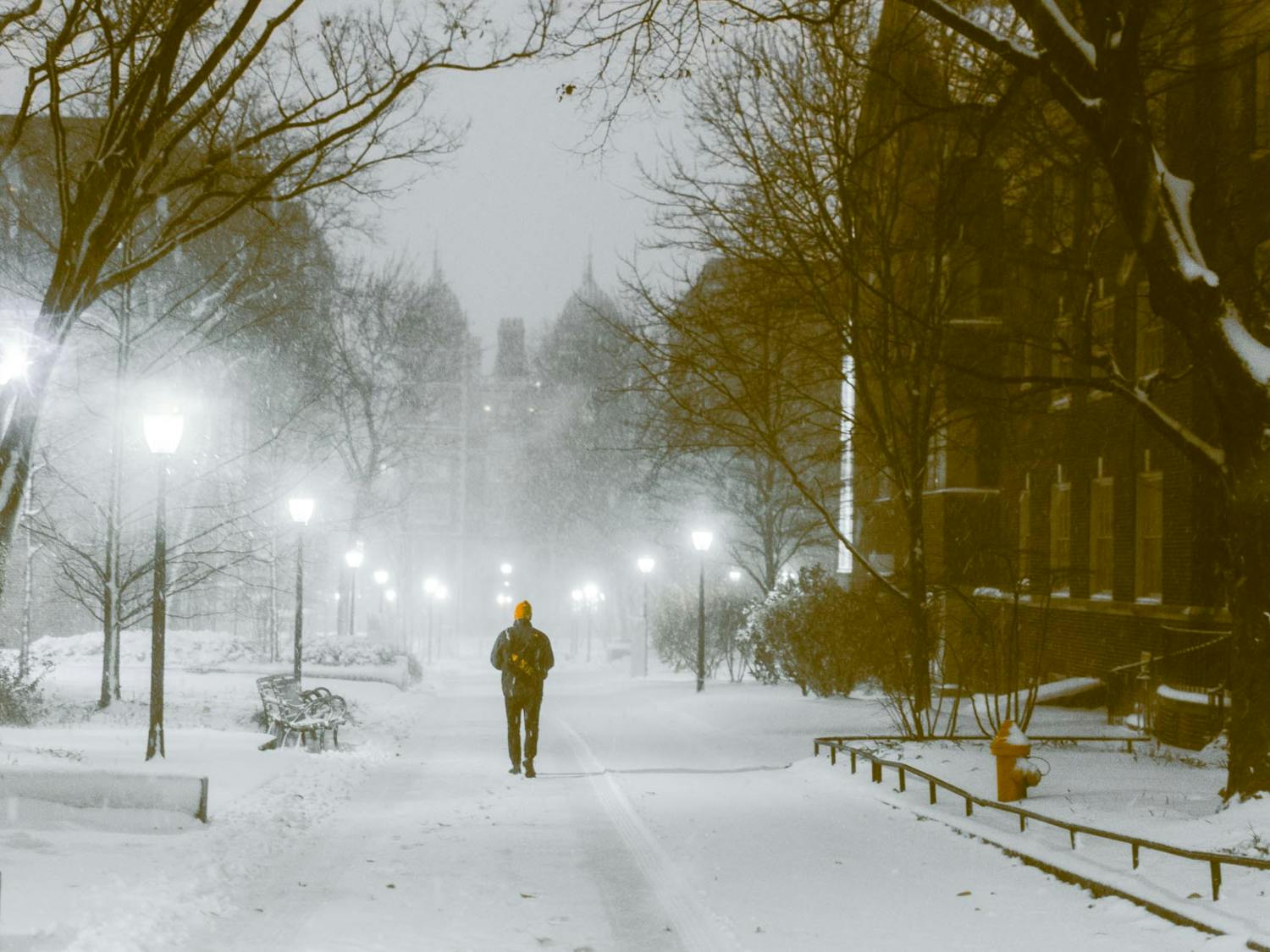Following the University’s official decision for the fall semester, there is significant criticism about grading, lack of options for international students, tuition, and opening campus. Most recently, the Daily Pennsylvanian’s Editorial Board argued that the University should be transparent in their criteria for operating an in-person campus in the fall so that students can plan accordingly, instead of scrambling to get visas, book tickets, and find housing.
Chief Wellness Officer Benoit Dubé notes that the University’s plans are “not immutable.” In other words, Penn’s decision is not final and is making use of this time to improve and modify its original decision. I give credit to the administration for being as transparent as possible, within the constraints of not further confusing or overwhelming Penn students, but I do not believe that the University needs to be any more transparent than it currently is given the uncertainty of the virus.
While understanding the criteria the University is using to understand the feasibility of an in-person campus would be helpful, these criteria are most likely not fixed. COVID-19 is unpredictable — the nature of the virus itself, how it is transmitted, the symptoms, and the varying effects it has on different people are still being discovered in labs across the globe. The rising number of cases in the United States, lack of cooperation to wear face masks, and where students are coming from to return to campus all complicate the University’s fall plan.
The University is as confident about their criteria for fall in-person operations just as many global health experts are on COVID-19 information. The dynamic and unpredictable nature of the virus creates an ever changing set of problems for the University to try and solve. To ask the University to be transparent in how they make their decisions is unrealistic — it would deliver the same frustration students felt last spring semester with the University’s policy reversals and growing distrust.
The University can, however, bring some semblance of clarity by providing relevant information to students in a more straightforward manner. The University needs to more frequently organize and advertise their COVID-19 information website, which prioritizes new and updated information on the homepage. There were many additional changes to Penn’s original fall plan — such as a cancellation fee for housing after the end of July. This information has been on the website since early July. I personally came across this new information while scrolling through the COVID-19 website, but it was buried deep in the third section of the page. It is not a surprise then, that most students did not know about this change until an email was sent out on July 22, nine days before the cancellation deadline.
Demanding that the University be transparent in their criteria for an in-person campus is impractical because Penn’s leaders are likely as confused as the rest of us when it comes to the nature of the virus. We should channel our energy and instead focus on monitoring student behavior. Enforcing an online student orientation on COVID-19 for returning students as a way to strongly enforce the Student Safety Compact is one possible solution to look towards. Funneling efforts into enforcing students to comply with University guidelines should be of greater concern than wondering how and why the University makes the decisions it does.

STEPHANIE YOON is a rising College sophomore from McLean, Virginia. Her email address is sawyung@sas.upenn.edu.









